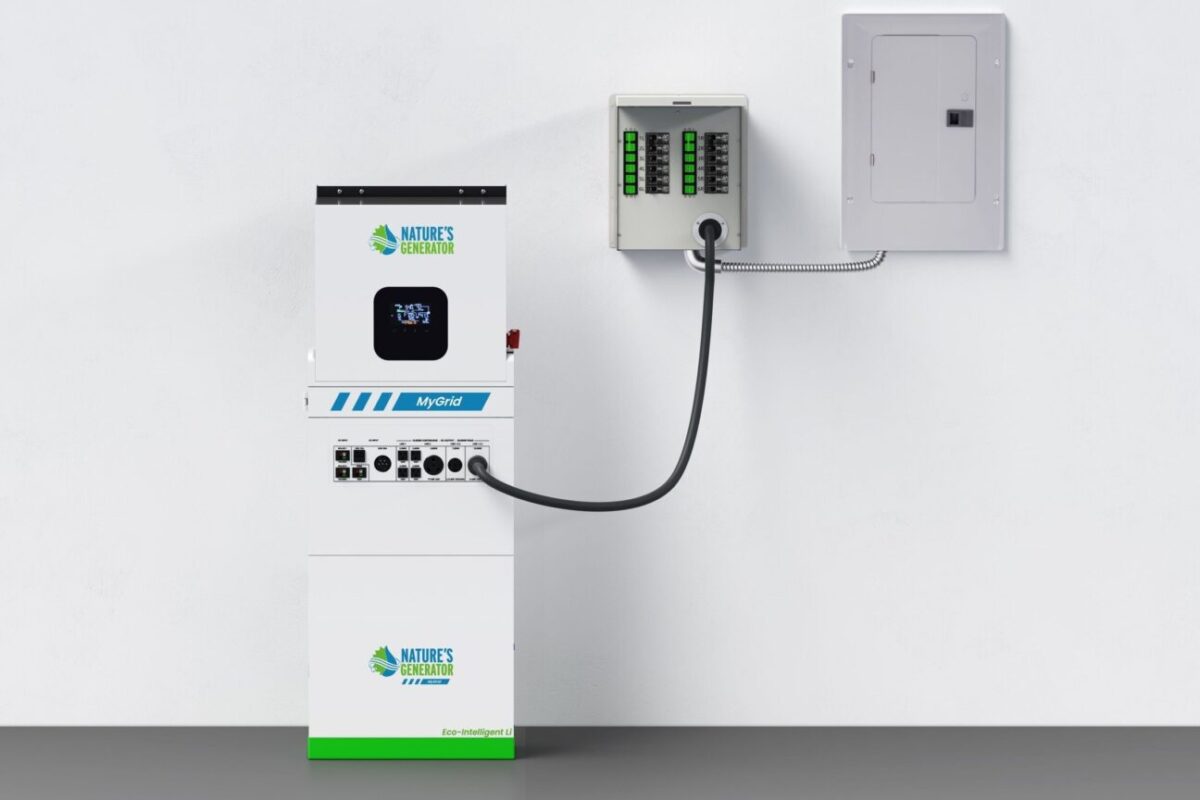Scientists from India's Techno India Salt Lake (TISL) research institute have looked at how standalone photovoltaics linked to lithium-ion battery storage could be used for LED lighting in commercial buildings. They aim to develop a way to use solar power for LED illumination systems in order to reduce electricity costs.
“The scope of the work is to design an effective solar photovoltaic system which would meet the complete energy demand of a proposed business complex without consuming conventional energy supply,” they said.
In “Design of LED lighting system using solar powered PV cells for a proposed business complex,” which was recently published in Scientific Report, the researchers said that commercial PV projects for LED lighting should follow nine steps. They include the identification of a location, the determination of a grid connection point, and the pre-construction documentation and negotiations. The scientists also noted the importance of building infrastructure such as roads and fences, purchasing equipment and logistics, installing mounting structures, building transformer substations, setting up grid connections, and installing monitoring systems.
The academics assumed that the PV system would be built with 6,097 solar modules, with power outputs of 150 W and a total capacity of 914.4 kW. They also assumed the array's tilt angle to be 49.3 degrees. The PV array design would have 41 stings and 24 modules in series.
In addition, they included an adjustable lithium-ion battery with 512 cells, with 16 connected in series and 32 connected in parallel. For the commercial building complex, the scientists assumed annual electricity demand of 190,830.7 kWh.
“The battery is to be operated at standard room temperature at 24 C in a fixed air-conditioned room,” they said.
The scientists concluded that the standalone energy system would provide complete energy independence for the building. The solar array's transposition factor could reach a value of 0.98 in the proposed system configuration, they noted.
The modeling also showed that the system's solar fraction and performance ratio achieved values of 0.740 and 0.569, respectively. The latter measures the quality of a solar plant, independent of location, and the former defines the percentage of the total thermal load satisfied by solar energy.
“The cost estimation shows that the acquisition and installation cost of PV systems is economically feasible for a typical business complex,” the research team said. ” It is very much possible to use them in individual buildings to attain complete energy independence in the future.”
This content is protected by copyright and may not be reused. If you want to cooperate with us and would like to reuse some of our content, please contact: editors@pv-magazine.com.




1 comment
By submitting this form you agree to pv magazine using your data for the purposes of publishing your comment.
Your personal data will only be disclosed or otherwise transmitted to third parties for the purposes of spam filtering or if this is necessary for technical maintenance of the website. Any other transfer to third parties will not take place unless this is justified on the basis of applicable data protection regulations or if pv magazine is legally obliged to do so.
You may revoke this consent at any time with effect for the future, in which case your personal data will be deleted immediately. Otherwise, your data will be deleted if pv magazine has processed your request or the purpose of data storage is fulfilled.
Further information on data privacy can be found in our Data Protection Policy.